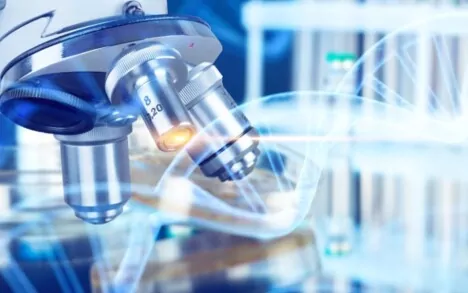What are the biggest challenges in achieving and maintaining sterility assurance in pharmaceutical manufacturing?
Knowledge and promoting culture. Personnel are the greatest source of cleanroom contamination; Personnel should have a level of knowledge that allows them to work within cleanrooms and protect product quality. Culture promotion and knowledge development should be championed by senior management.
Can you highlight some key components of a robust sterility assurance program?
There are many key components of sterility assurance that combine to provide a level of assurance that the product produced is sterile. Some examples of areas that typically tend to introduce contamination to the manufacturing area / process that require a high level of control include raw materials, equipment cleaning and management practices, personnel and material/waste transfer and their associated flows.
What role does environmental monitoring play in sterility assurance, and how do companies effectively manage this aspect?
This is an important aspect of sterility assurance. EM provides information on cleanroom environmental performance within defined acceptance criteria as per regulatory guides. EM is used for trending and evaluation of the performance of classified environments over time and in the identification of negative shifts. Determinations can be made as to whether the environmental controls remain effective.
How do regulatory requirements impact sterility assurance strategies, and how do you ensure compliance across different regions?
Regulatory requirements exist to ensure product quality and safety. Sterility assurance programs should be designed to meet the guidances required for a region. To ensure compliance, a robust gap assessment should be completed. If in doubt as to how a regulation has been interpreted, dialogue with the appropriate regulator is encouraged. It is also useful to attend industry events where such regulations are being discussed by industry experts, company peers, & inspectorates.
What are some common misconceptions about sterility assurance that you encounter?
The responsibility of sterility assurance is that of the Sterility Assurance group or Microbiology department. Sterility assurance is a combination of elements spanning across the entirety of the manufacturing process and too large to sit within one group. Sterility assurance is a site wide responsibility.
How does the design of a facility impact sterility assurance in pharmaceutical environments?
Consideration as to facility design and prevention of contamination ingress is extremely important. The design should include input from respective stakeholders E.G. Operations, Microbiology, Facilities and Utilities, Engineering and QA. Some considerations include:
- Materials of construction (appropriateness for cleaning and sanitisation)
- Equipment flow
- Waste flow
- Clean utility availability
- Pressure cascades
- Airlocks and time delays
- Personnel and material flows








